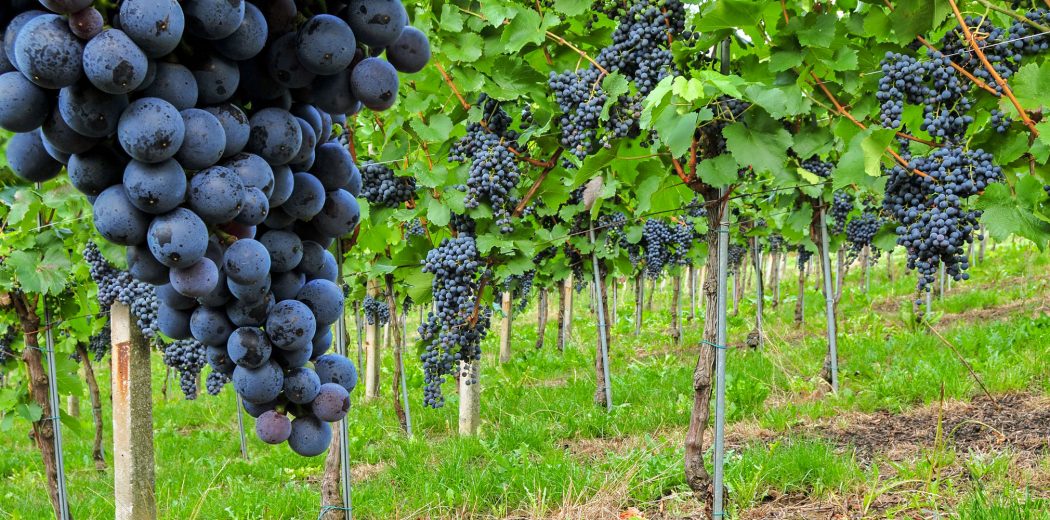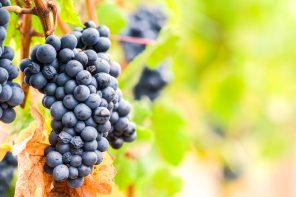Pinot Noir ushered me into wines. My father was a faithful connoisseur: he would travel to Napa for boxes of Pinot Noir; after visiting France or Italy, he would return with stories of all the great wine he tried – wine, in this case, being a term extended to one varietal and one varietal only. Naturally, I developed a fondness for it too, which is why I was thrilled to learn it has an under-the-radar twin.
Technically, Blaufränkisch is not Pinot Noir’s twin, though they are related through Gouais Blanc, a shared ancestor. The red wine grape was dubbed the “Pinot Noir of the East” for its Eastern European following and reputation, though you’re forgiven if you haven’t heard of it. For one, it goes by a nearly endless amount of names depending on where you are: Frankovka in Austria and the Czech Republic, Kékfrankos in Hungary, or Lemberger in the United States and Germany.
Believed to have been around since the Middle Ages, the grape also doesn’t have a typical style. It can broadly be cast into two categories: that redolent of a Pinot Noir, or that similar to a bold Zinfandel. All bottles, however, will be strung together by one common thread: they’ll be nearly blue in color and rich in tannin and spice. Brimming with notes of dark berries, some are vinified to age, while more aggressive Blaufränkisch’s welcome immediate drinking.
It will suit a variety of drinkers – sometimes the bouquet will put forward aromas of plums, currants and chocolate, while others can be more unassuming or boast undertones of green beans or green bell peppers. While aging it in oak can help moderate the acidity levels, Blaufränkisch wines have a tendency to take on too much of the oak flavoring.
Blaufränkisch may be an unfamiliar name for most of us, but in Austria, it’s one of the most beloved, falling just behind Zweigelt in terms of popularity. You can find it in nearly every wine region, though it thrives in Burgenland in eastern Austria. It also claims just under 8,000 hectares in Hungary, primarily located in the Kunsag region.
Despite the relatively large Hungarian production, traditionally, very little has been intended for export. But that may be changing – Hungary has been trying to harness the grape’s power by making it a key component of Egri Bikavér. The dry red wine, better known as bull’s blood, is terroir-driven and often rich and spicy. The highest quality bottles will be mellow and long-lasting in both flavor and shelf life.
Lemberger has taken root in small numbers throughout the United States, including Michigan, New York, Ohio and California, with its largest plantings found in Washington’s Yakima Valley and Olympic Peninsula. However, it isn’t exactly a rising star in the United States. According to winemakers, its name is too similar to Limburger, a stinky cheese, turning off potential fans before they taste it.
Planning a meal? Blaufränkisch will be happiest alongside lamb, roast beef, or grilled meats. It will also hold up well with blue vein and feta cheeses.








